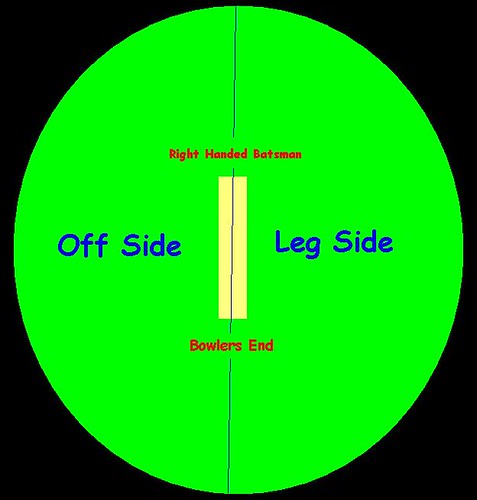I am a new follower in the US where there is zero cricket. I am starting to get the idea about some of the rules and terminology but much of it escapes me and I would like some clarification, especially about bowling. The issue is that my kid pitches baseball and I have discovered that bowlers seem to be less subject to injury than pitchers, and I am investigating that phenomenon with the goal of trying to keep my kid from ending up with surgery.
My understanding is that bowlers are generally going to be limited to about 20% of the overs in a contest, but that is not a fixed rule except in T20. Is that right?
I am also under the impression that the only actual rule is that bowlers cannot appear for consecutive overs, but other than that under the rules, a team can use any bowler pretty much anytime it likes without limitations. However, it seems that as a matter of custom and safety, most teams will use bowlers in "spells" with a partner bowler that last more or less a total of about 10 overs, and then both of those guys will be sent out into the field and replaced with a new pair and then brought back when that second group is done too. Do I have that about right?
Is there timing in bowling? I watched some on youtube and it seems like bowls are roughly every 40 seconds or so in T20 with 240 bowls taking about 180 minutes with a changeover break. Does the bowler have to commence his run or get the ball out of his hands in some fixed amount of time after he gets the ball back from the field? If not, is he allowed to stall or is there a system of notifications and or warnings about stalling?
Are bowlers generally going to bowl on consecutive days, especially in those 5 day tests? I can see a scenario where a guy has 20 overs on Day 1, maybe 10 more on Day 2 when the opponent is finally done with its innings, and then being needed again late on Day 3 after his team finishes its offensive first innings, and then continuing on Day 4. It could be 50 or 60 overs in that period. Is that something that occurs in real life with some degree of regularity?
Does a bowler warm up before his spell begins? What is the rule about that?
Is there some advantage to having a right handed bowler face a right handed batter? If so, do teams go out of their way to try to orchestrate that?
Thanks.
My understanding is that bowlers are generally going to be limited to about 20% of the overs in a contest, but that is not a fixed rule except in T20. Is that right?
I am also under the impression that the only actual rule is that bowlers cannot appear for consecutive overs, but other than that under the rules, a team can use any bowler pretty much anytime it likes without limitations. However, it seems that as a matter of custom and safety, most teams will use bowlers in "spells" with a partner bowler that last more or less a total of about 10 overs, and then both of those guys will be sent out into the field and replaced with a new pair and then brought back when that second group is done too. Do I have that about right?
Is there timing in bowling? I watched some on youtube and it seems like bowls are roughly every 40 seconds or so in T20 with 240 bowls taking about 180 minutes with a changeover break. Does the bowler have to commence his run or get the ball out of his hands in some fixed amount of time after he gets the ball back from the field? If not, is he allowed to stall or is there a system of notifications and or warnings about stalling?
Are bowlers generally going to bowl on consecutive days, especially in those 5 day tests? I can see a scenario where a guy has 20 overs on Day 1, maybe 10 more on Day 2 when the opponent is finally done with its innings, and then being needed again late on Day 3 after his team finishes its offensive first innings, and then continuing on Day 4. It could be 50 or 60 overs in that period. Is that something that occurs in real life with some degree of regularity?
Does a bowler warm up before his spell begins? What is the rule about that?
Is there some advantage to having a right handed bowler face a right handed batter? If so, do teams go out of their way to try to orchestrate that?
Thanks.

